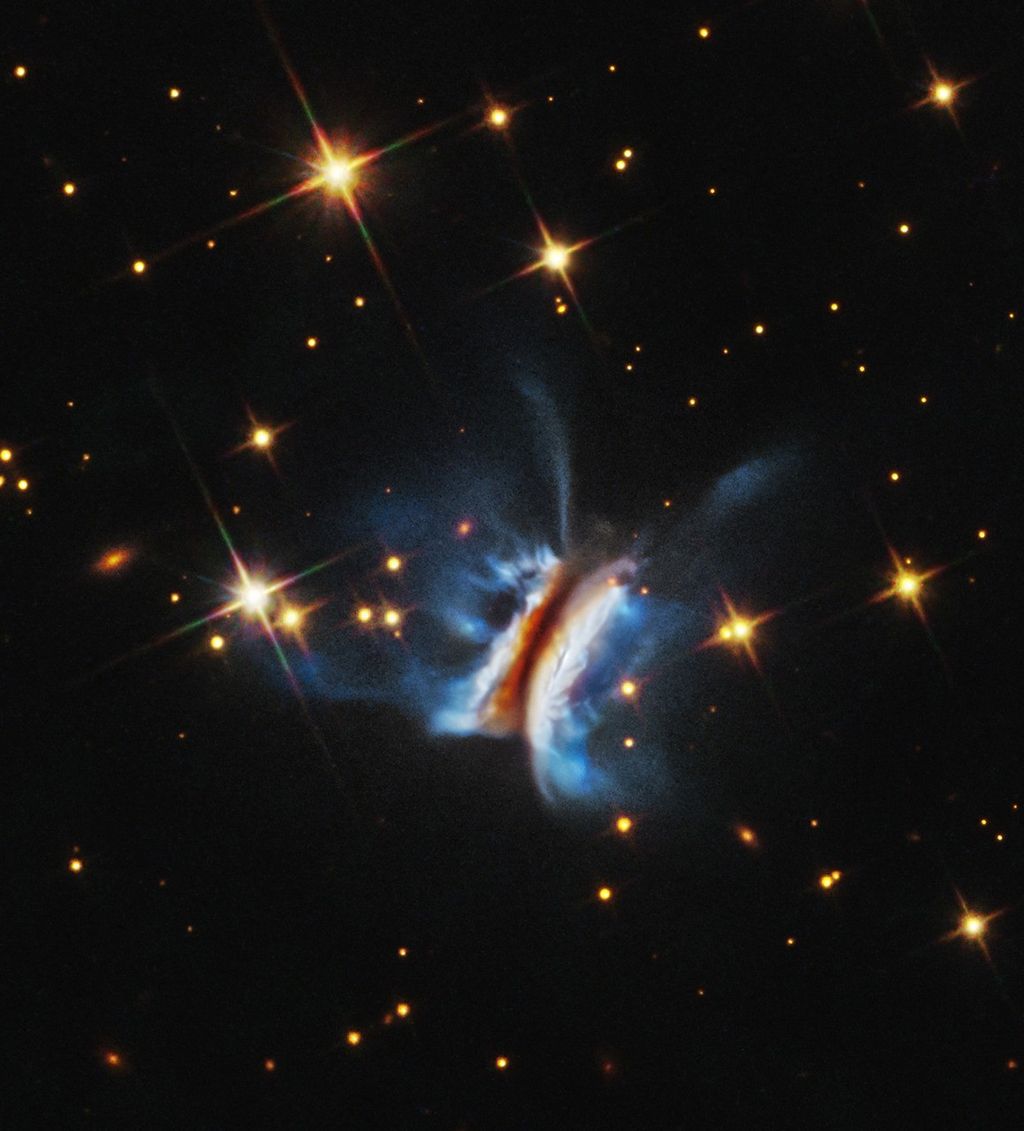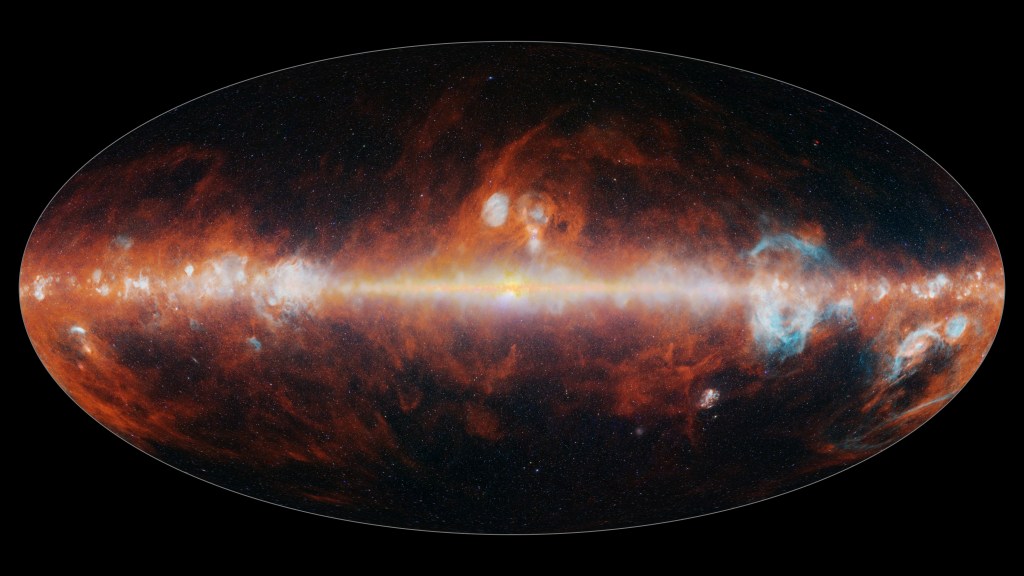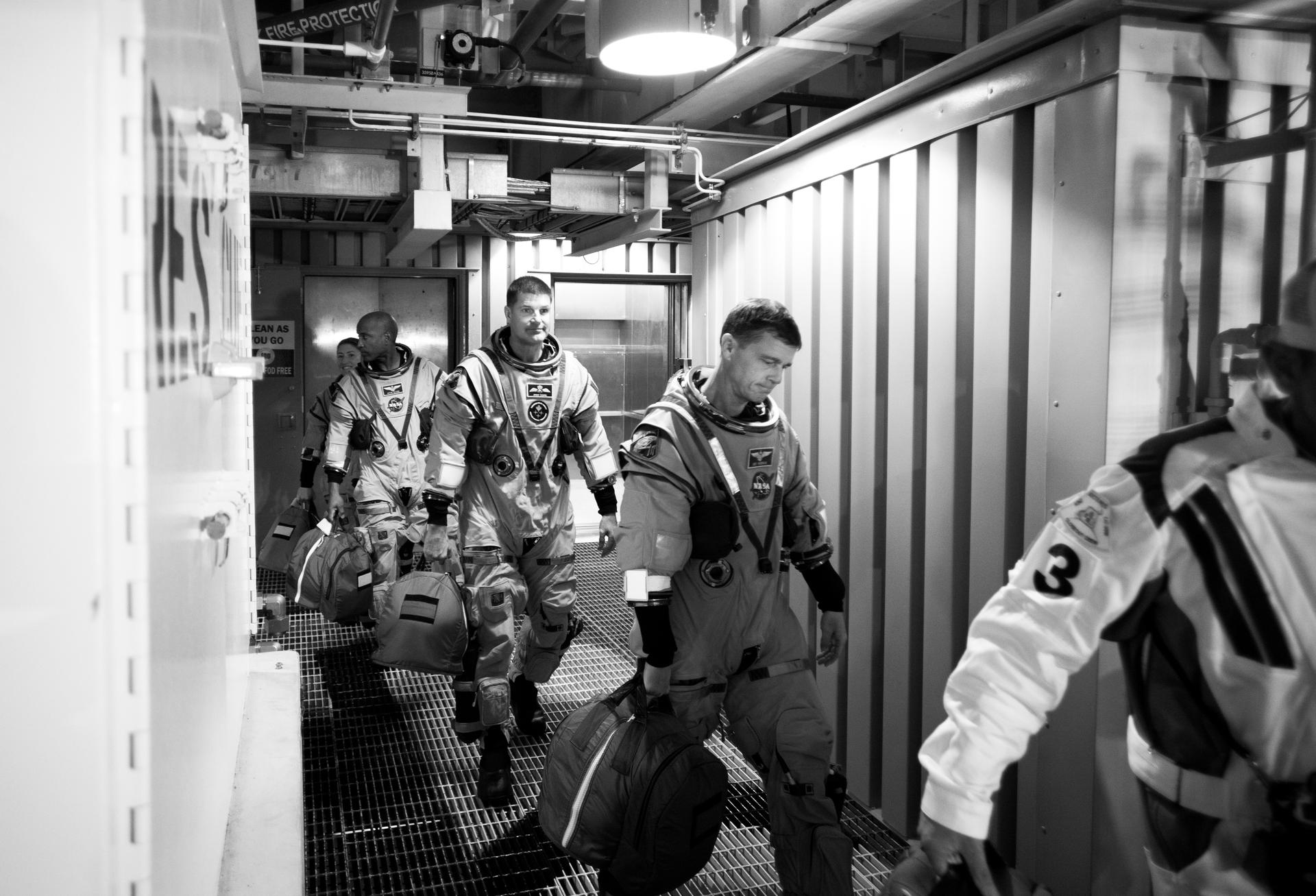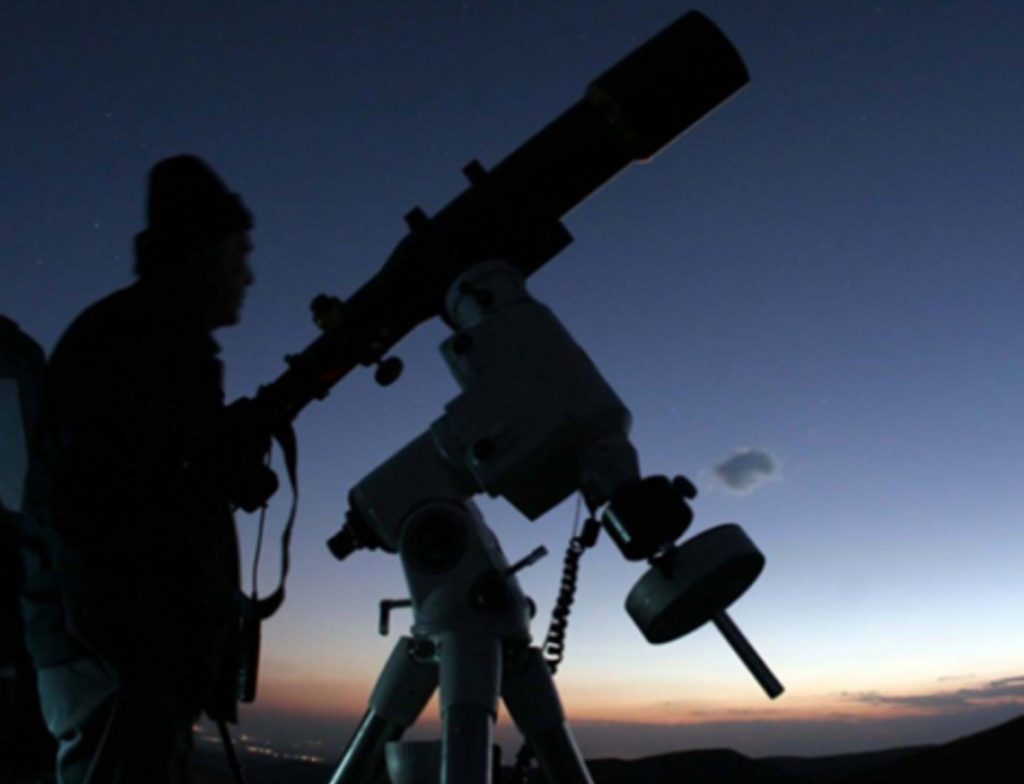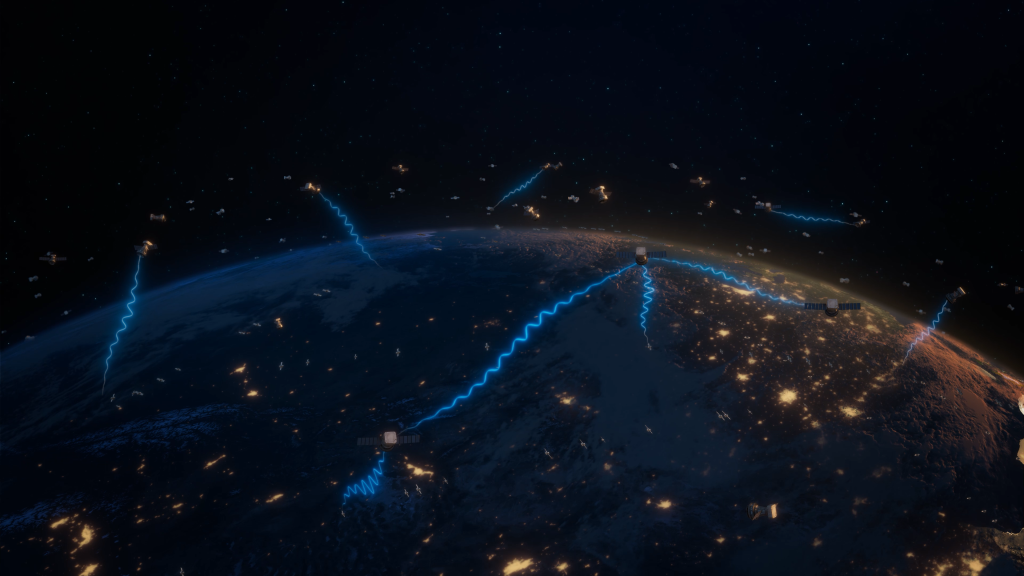1 min read
Infrared Flickers and Flares from Sagittarius A*
This timelapse video compresses about 9 hours of infrared observations by NASA’s James Webb Space Telescope into 30 seconds. Webb observed the black hole at the center of the Milky Way, known as Sagittarius A* (A-star). Webb detected both faint flickers and brighter flares (one of which is seen near the end of the video). These brightness fluctuations may originate from two different processes.
The apparent change in size of the central light source is an instrumental effect. The black hole’s accretion disk is less than one pixel in size in the NIRCam (Near-Infrared Camera) images used to create this movie. The images combine data at wavelengths of 2.1 and 4.8 microns.
- Release DateFebruary 18, 2025
- Science ReleaseWebb Reveals Rapid-Fire Light Show From Milky Way’s Central Black Hole
- CreditVideo: NASA, ESA, CSA, Farhad Yusef-Zadeh (Northwestern), Howard Bushouse (STScI), Alyssa Pagan (STScI)
Downloads
Related Images & Videos
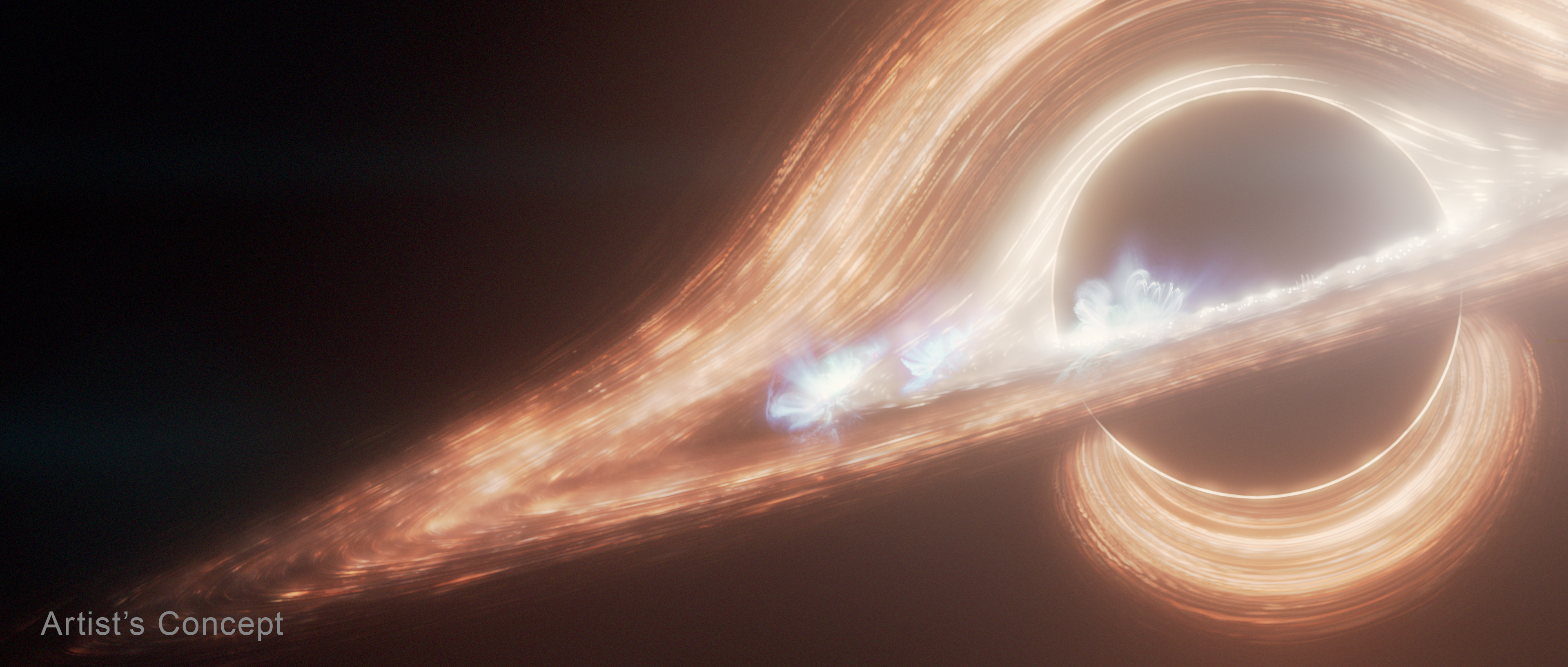
Flaring Disk Around Milky Way's Black Hole (Artist's Concept)
This artist’s concept portrays the supermassive black hole at the center of the Milky Way galaxy, known as Sagittarius A* (A-star). It’s surrounded by a swirling accretion disk of hot gas. The black hole’s gravity bends light from the far side of the disk, making it appear to...
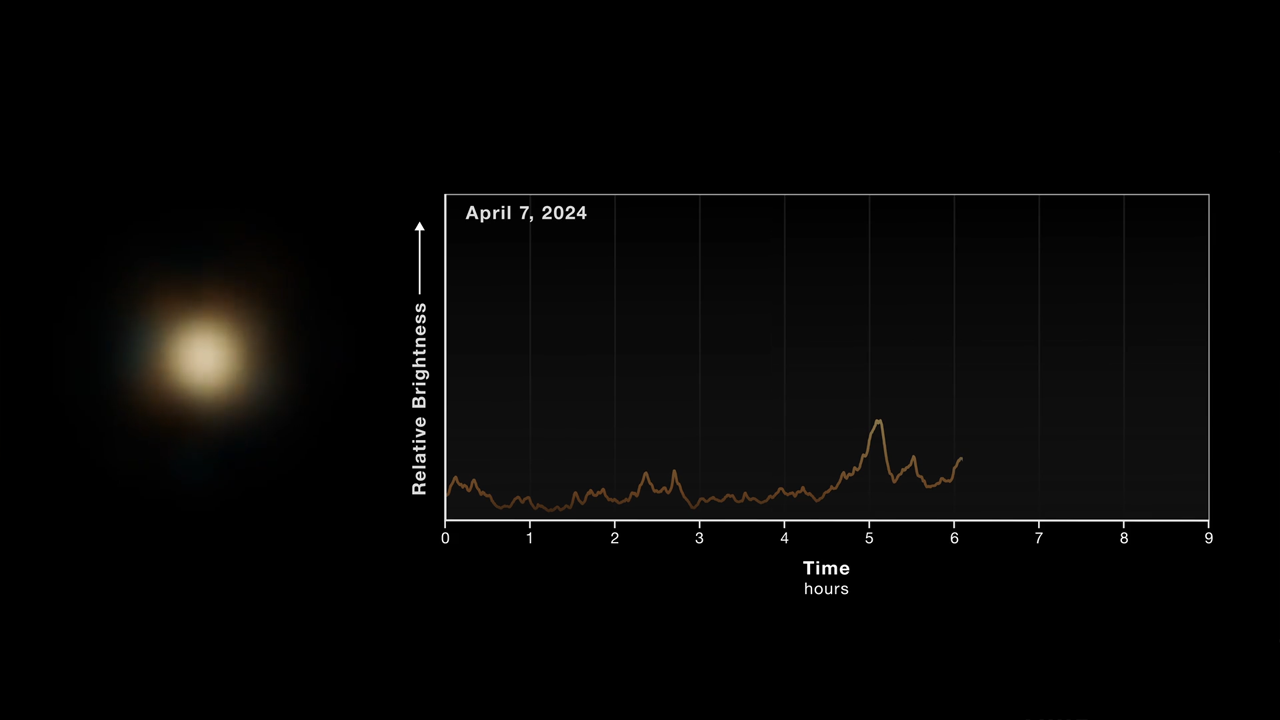
Observations and Light Curve of Sagittarius A*
This timelapse video shows observations of the Milky Way’s central black hole, known as Sagittarius A* (A-star), by NASA’s James Webb Space Telescope. At left, NIRCam (Near-Infrared Camera) images, created by combining data at wavelengths of 2.1 and 4.8 microns, show a point of...
Share
Details
Laura Betz
NASA’s Goddard Space Flight Center
Greenbelt, Maryland
laura.e.betz@nasa.gov
NASA, ESA, CSA, Farhad Yusef-Zadeh (Northwestern), Howard Bushouse (STScI), Alyssa Pagan (STScI)



